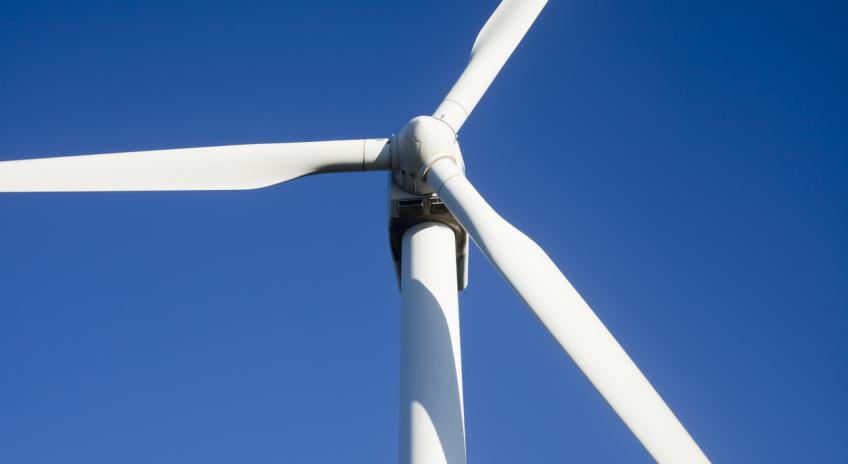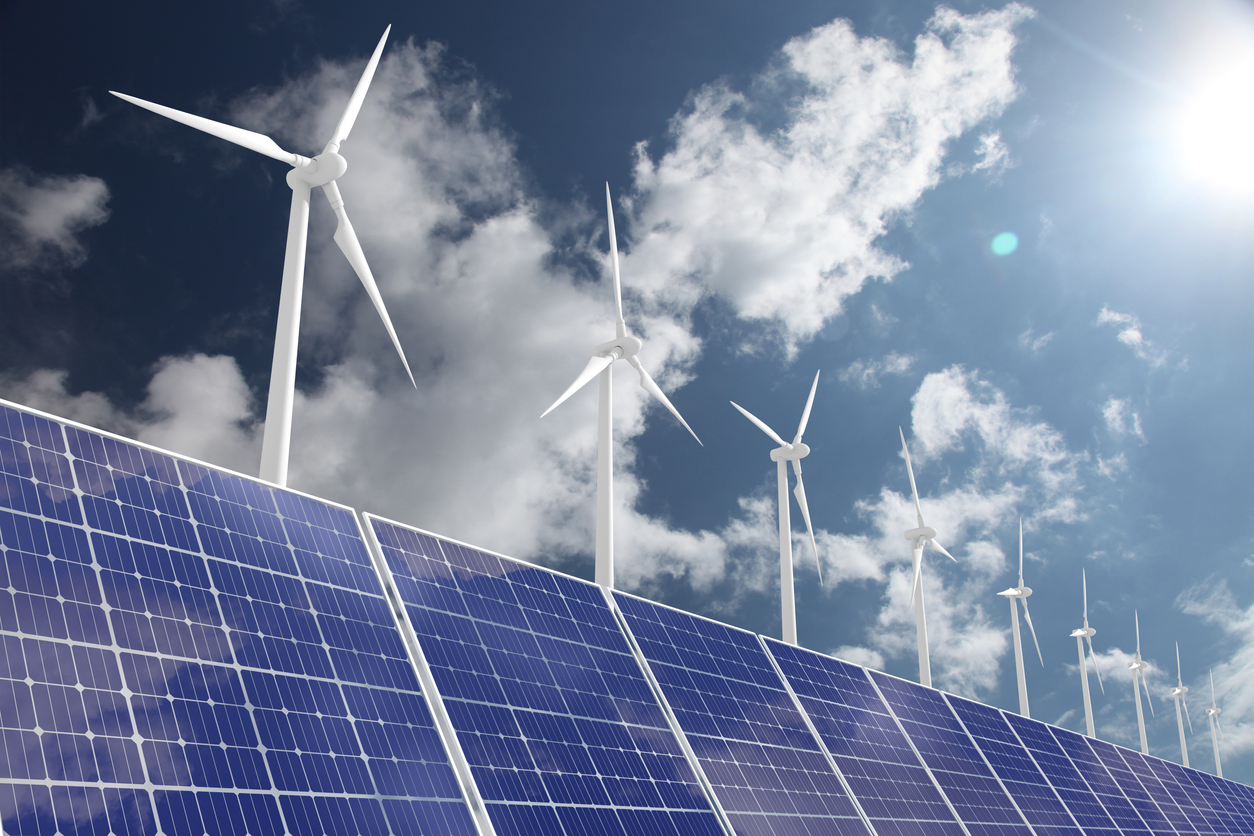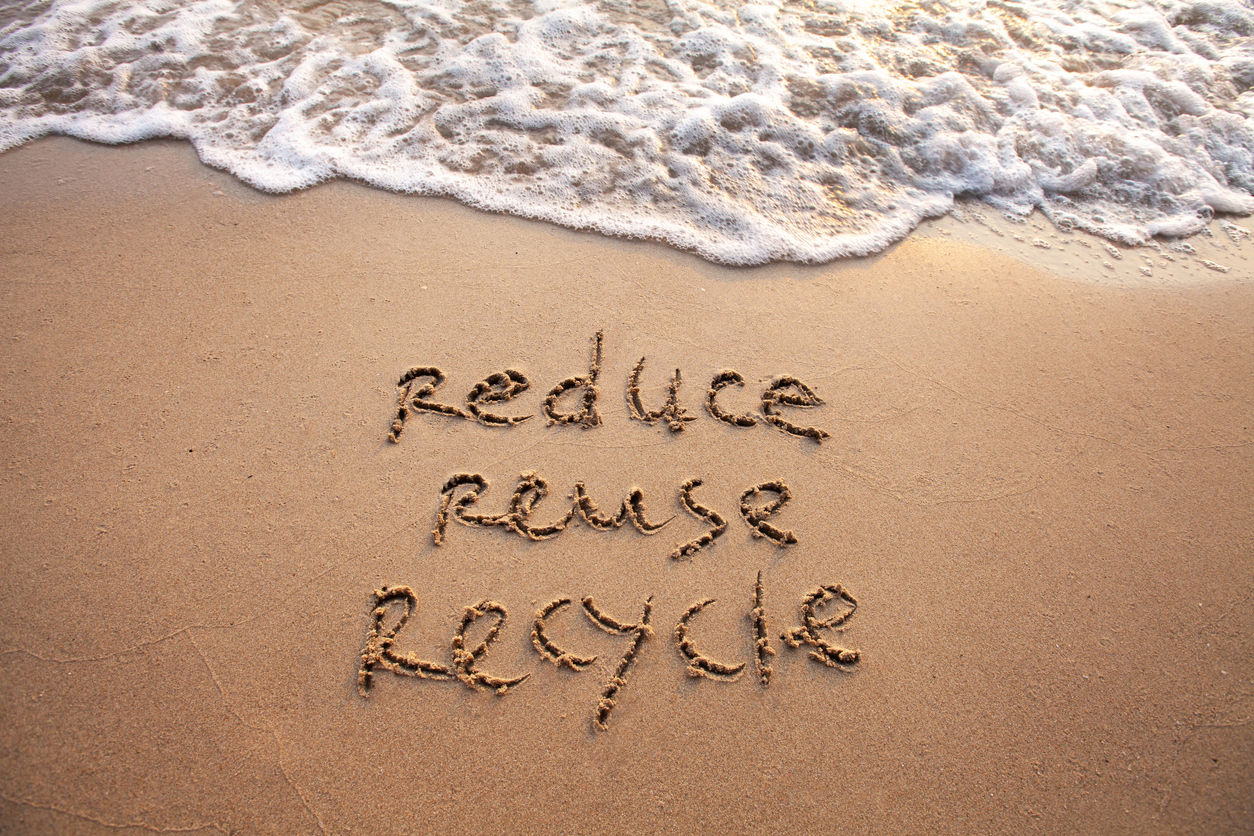
Energy Storage – The Key to Utilising Renewable Energy
Date: 29/05/2025 | Energy & Natural Resources, Environmental
One of the challenges, as Scotland transitions to an economy powered by renewable energy, is the variability of wind, solar, wave and tidal energy production.
Historically all energy supplies have relied on some form of storage to ensure that demand can be reliably met. For example, gas is frequently stored in gasometers and pipelines and water is stored in reservoirs. Utilising forms of energy storage will help to resolve some of the issues caused by the variability and intermittency of renewable energy sources and, as such, reduce the amount of fossil fuels or low carbon energy alternatives needed to pave the way to a carbon free energy system.
For developers looking to kick-start a battery storage project, there are a number of factors to consider in order to have the greatest chance of success. Many energy storage projects used in connection with renewable energy developments rely on lithium-ion batteries, such as the 50 MW super battery storage project at Whitelee Wind Farm. For storage of less than 4 hours lithium-ion batteries have the lowest energy storage cost.[1] Storage for more than 4 hours using lithium-ion batteries becomes prohibitively expensive. Currently, lithium-ion batteries cannot compete with alternative energy sources, such as gas plants, in providing prolonged power over a number of days.
Whilst lithium-ion technology is an effective material for batteries, there is a limited supply of lithium in the world. Given it is a key component in electrical vehicle batteries there are likely to be ever-competing demands for lithium which in turn may drive prices up with consequent impacts on commercial viability.
There are also those who question whether lithium extraction causes so much environmental harm that lithium-ion batteries ought not to be viewed as the green panacea they are held out to be.
There are other technologies which could be utilised to store energy produced from renewable energy sources for more than four hours. These technologies are known as “long duration energy storage”.
Some of the technologies being utilised as long duration energy storage include pumped hydro, compressed air energy storage, thermal energy storage, mechanical flywheels, flow batteries and hydrogen.
Most of the technology detailed above is tested but establishing that the long duration energy storage mechanisms above can work on a greater scale is essential for these technologies to enter the market. The UK Government has proposed a long duration storage demonstration innovation competition which it hopes will be accelerate the commercialisation of longer-term energy storage projects.
One of the challenges with some of the energy storage facilities, such as pumped hydro, is that construction is difficult and expensive due to the large unit sizes. In order to develop new long duration energy storage facilities investors will need to have the confidence that future revenues will allow them to cover the costs of investing in the new technology.
Up to now there has been a question as to whether the technologies were commercially viable as the role long duration energy storage plays on the grid was being carried out by gas power plants. However, as the UK transitions to a net zero economy and with energy security becoming more of a priority following the war in Ukraine, long duration energy storage could start to take over the role being played by gas power plants.
Long duration energy storage may also allow renewable energy generators to maximise the profits that can be made from energy generation. As the percentage of energy obtained from renewable energy increases, the variability of renewable energy could result in too much electricity being generated at the one time and pressure for some renewable energy owners to curtail power which is not needed. Wind and solar plant owners may opt to use long duration energy storage technology to ensure that they can sell that electricity generated when it is eventually needed.
It has been predicted that long duration energy storage is set for steep growth as the technologies become more commercially viable. Scotland is well placed to harness the power of long duration energy storage.
If you are planning a long duration energy storage project as part of, or in addition to a renewable energy project, and require advice on obtaining the necessary land rights or applying for planning permission, please contact a member of our specialist Renewables Team.





















































































